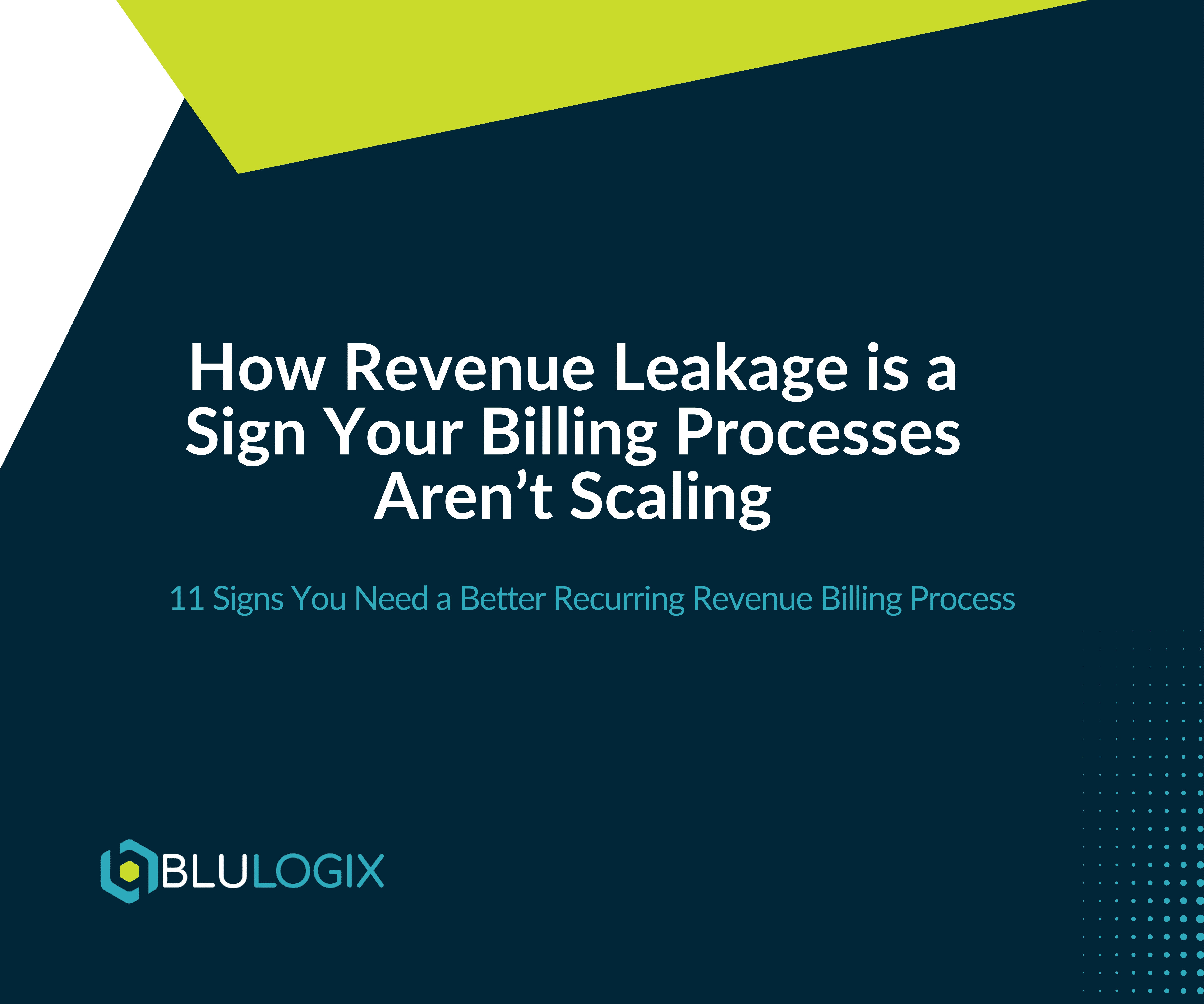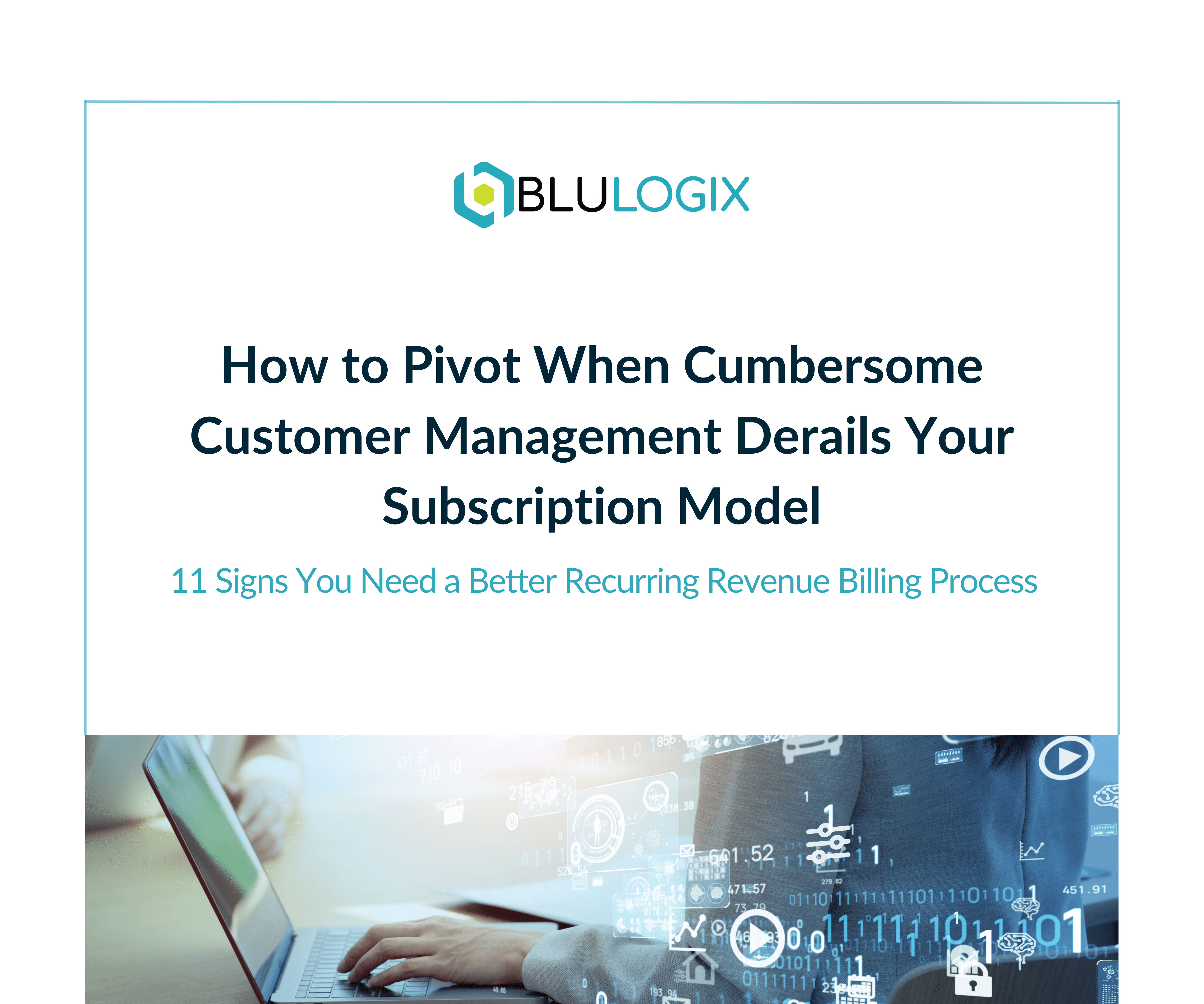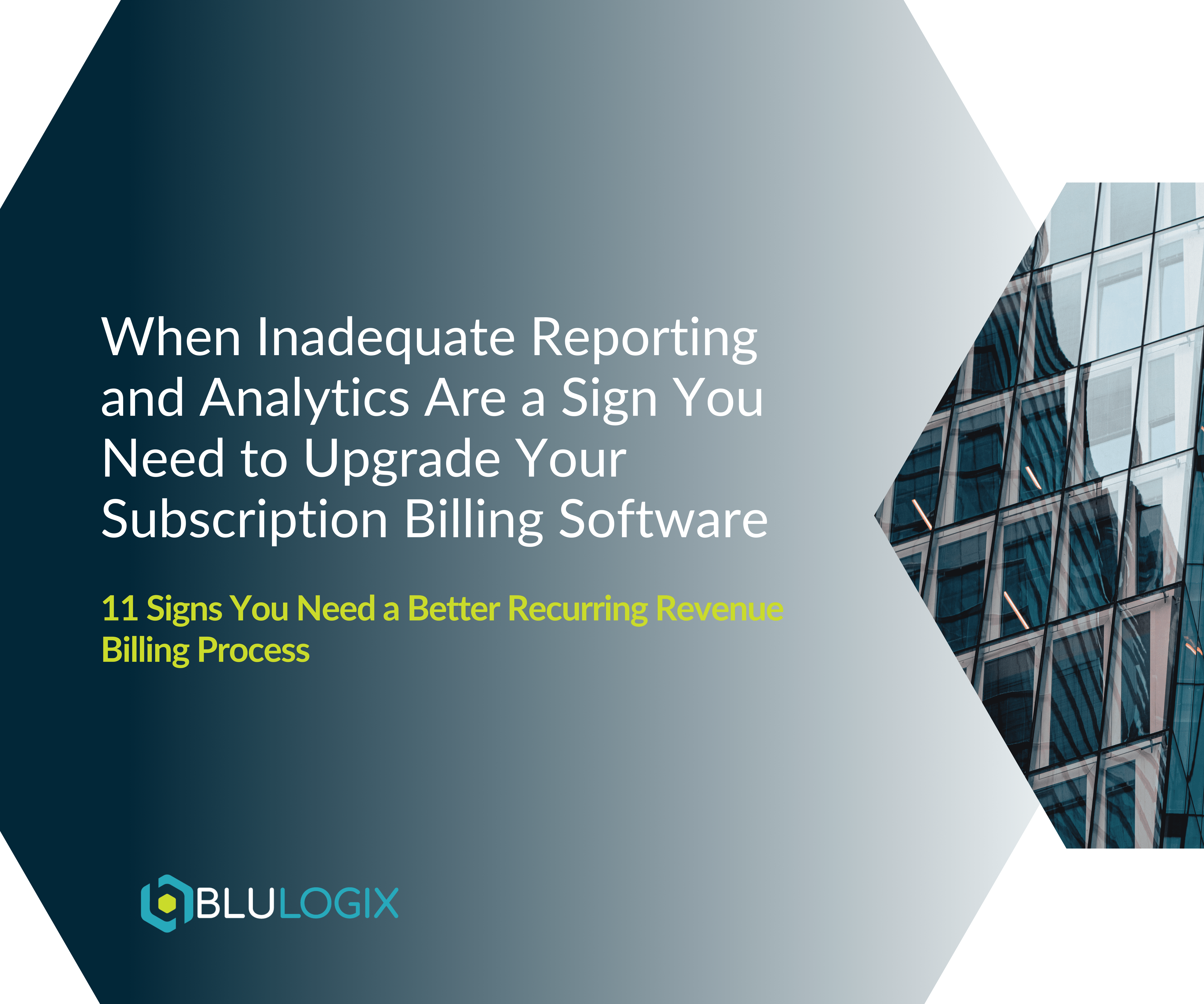Streamlining Success: What is the Role of Automation in Customer Lifecycle Management for Recurring Revenue?
Elevating Customer Engagement and Retention Through Automation
In the competitive arena of recurring revenue models, the mastery of customer lifecycle management (CLM) becomes paramount for sustaining growth and ensuring customer satisfaction. Automation, in this context, emerges as a critical tool, enabling businesses to effectively manage customer relationships from initial engagement through to retention and beyond. This blog post explores how employing automation in CLM can revolutionize the way businesses nurture their customer base, enhance engagement, and secure recurring revenue streams.
Creating a Monetization Framework For Your Business
Understanding Customer Lifecycle Management in Recurring Revenue Models
Customer lifecycle management in the context of recurring revenue encompasses a strategic approach to engaging customers at each stage of their journey with a brand. From onboarding and activation to renewal and upselling, each phase presents unique opportunities and challenges. Automation serves as a leverage point, facilitating personalized, timely interactions that drive customer satisfaction and loyalty.
Benefits of Automating CLM
- Enhanced Personalization: Automation tools can analyze customer data to deliver personalized messages, offers, and support at scale. Tailoring the customer experience in this way can significantly increase engagement and conversion rates.
- Streamlined Onboarding: The first step in a customer’s lifecycle, effective onboarding, sets the tone for the entire relationship. Automation ensures a smooth, hassle-free onboarding process, providing customers with the right resources at the right time.
- Proactive Engagement: Automated systems can identify key customer milestones or behaviors that signal an opportunity for engagement, such as usage patterns that suggest a customer is ready to upgrade or might be at risk of churning.
- Efficient Renewal Processes: Automation simplifies the renewal process by sending timely reminders, processing payments, and even handling routine inquiries, reducing the administrative burden and improving the customer experience.
- Data-Driven Insights for Upselling and Cross-Selling: Leveraging customer data, automated systems can identify upselling and cross-selling opportunities, presenting customers with relevant offers that match their needs and usage history.
Implementing Automation in CLM for Recurring Revenue
- Identify Key Customer Journey Touchpoints: Map out the customer journey specific to your subscription model. Identify critical touchpoints where automation can enhance the experience or streamline processes.
- Select the Right Automation Tools: Choose automation platforms that integrate seamlessly with your existing CRM, billing, and service delivery systems. The tools should offer flexibility to customize workflows and communication based on your business needs.
- Create Personalized Automation Workflows: Develop workflows that trigger personalized communications based on customer actions or milestones. This could include welcome emails, educational content, renewal reminders, and targeted offers.
- Monitor and Optimize: Continuously monitor the performance of your automated CLM processes. Use customer feedback and conversion data to refine and optimize your workflows for better results.
In the ecosystem of recurring revenue, automating customer lifecycle management is not just a strategy for efficiency; it’s a transformative approach to fostering lasting customer relationships. By leveraging automation, businesses can ensure that every interaction with customers is timely, personalized, and meaningful, thereby enhancing satisfaction, loyalty, and ultimately, securing a stable and growing revenue stream.
Stay tuned for our next installment, where we’ll explore dynamic pricing models in subscription billing, offering insights into how businesses can adapt pricing strategies to meet market demands and maximize revenue. Join us as we continue to uncover advanced monetization strategies in the digital age.
Creating a Monetization Framework For Your Business
Learn more

How Revenue Leakage is a Sign Your Billing Processes Aren’t Scaling
Effective customer management is vital for retaining clients and maintaining high satisfaction levels in any subscription-based business model. However, many companies face challenges with

How to Pivot When Cumbersome Customer Management Derails Your Subscription Model
Effective customer management is vital for retaining clients and maintaining high satisfaction levels in any subscription-based business model. However, many companies face challenges with

When Inadequate Reporting and Analytics Are a Sign You Need to Upgrade Your Subscription Billing Software
In the complex landscape of B2B subscription billing, the ability to generate comprehensive and insightful reports is crucial. Businesses often struggle with outdated or

